An infrared camera has become a vital tool in the pharmaceutical industry, enabling precise thermal imaging for process monitoring, quality control, and equipment maintenance. Its ability to detect subtle temperature variations allows pharma manufacturers to achieve stringent regulatory compliance and avoid costly product failures in highly sensitive environments.
As the pharmaceutical industry increasingly adopts automation and data-driven quality assurance, infrared cameras - also called IR cameras or thermal cameras - offer real-time insights that help optimize safety and efficiency across critical production lines.

What is An Infrared Camera ?
An infrared camera is a device that detects infrared radiation (heat) emitted by objects and converts it into a visual image. Unlike traditional cameras that capture visible light, IR cameras visualize temperature differences, making them ideal for inspecting objects or environments where heat patterns matter more than appearance.
Infrared thermography cameras are widely used in sectors requiring non-contact and non-invasive inspection techniques. In the pharmaceutical industry, where even a slight temperature variation can affect drug quality, this technology ensures consistent monitoring without disrupting sterile or controlled environments.
Applications of Infrared Camera in Pharma Industry
Infrared cameras serve various critical functions across pharmaceutical facilities. Let’s explore key applications, including the challenges and how IR imaging helps address them.
Sterile Environment Monitoring
Maintaining a sterile production environment is paramount in pharmaceutical manufacturing. Traditional sensors may miss micro temperature changes that indicate contamination or equipment malfunction. Infrared cameras provide real-time thermal imaging of cleanrooms to detect HVAC inconsistencies.
Lyophilization Control
Freeze-drying, or lyophilization, is widely used for temperature-sensitive pharmaceuticals. It requires precise control over product temperature during sublimation. Infrared cameras provide real-time visuals of temperature gradients across vials, enabling process optimization.
Tablet Compression
Uniform temperature distribution is essential during tablet compression and coating processes. Inconsistent heating may lead to defective pills with poor drug release profiles. An infrared thermography camera helps monitor these stages non-invasively and continuously.

Quality Assurance
Detecting temperature discrepancies during the final stages of production can prevent the release of substandard drugs. A thermal camera offers a non-destructive testing method that uncovers hidden defects like sealing issues in blister packs or compromised insulation in containers.
Predictive Maintenance
Machinery like mixers, conveyors, and packaging units undergo wear and tear. Early detection of overheating components through infrared thermography can prevent costly breakdowns and downtime.
Cold Chain Validation
Temperature-sensitive drugs, including vaccines and biologics, require a continuous cold chain from production to distribution. IR cameras help validate refrigerated storage units, transport vehicles, and packaging insulation for uniform cooling.
Conclusion
The pharmaceutical industry demands precision, safety, and strict regulatory compliance. Infrared cameras have emerged as crucial assets in maintaining these standards, from manufacturing to storage. Their non-contact functionality, real-time monitoring, and ability to detect invisible faults make them ideal for high-stakes environments like pharma.
Manglam Electricals offers high-performance infrared cameras tailored for pharmaceutical applications. With robust build quality, advanced thermal sensors, and user-friendly software, their cameras help manufacturers improve process reliability, detect failures early, and comply with global standards. As pharma continues to evolve, Manglam Electricals ensures that its IR cameras support this transformation with trusted technology.
